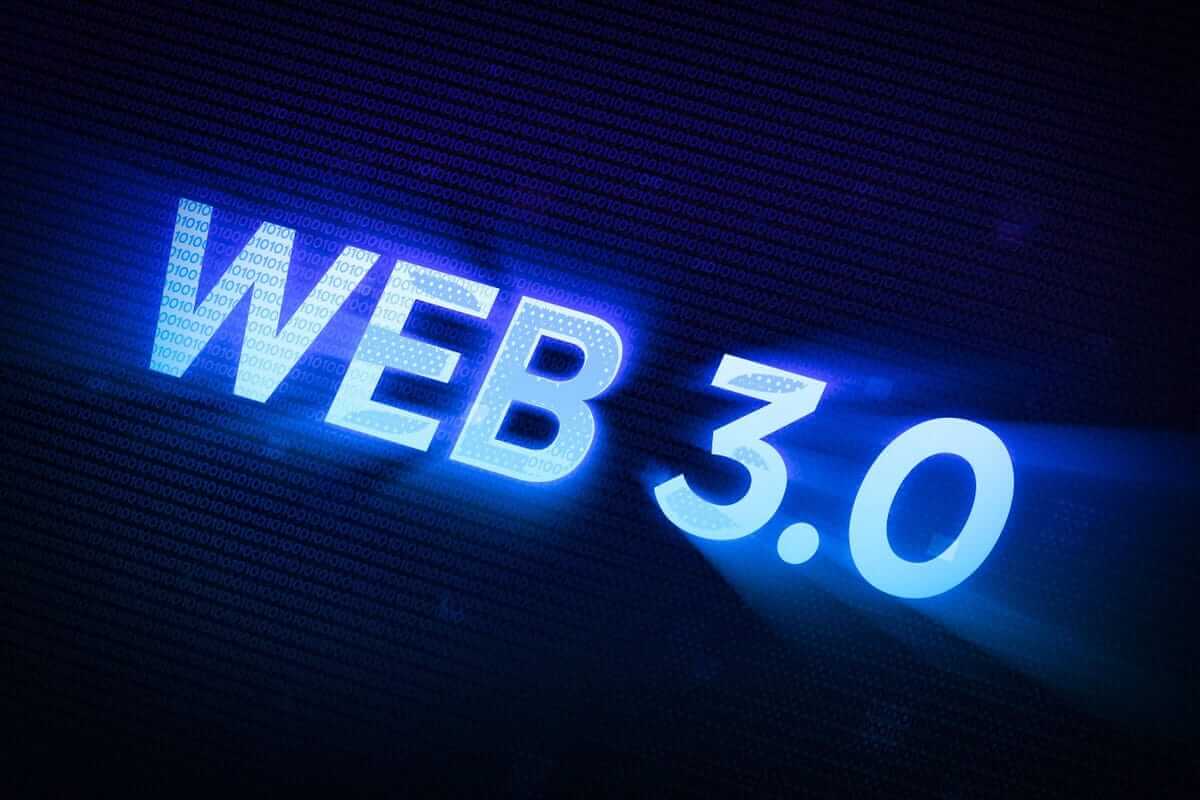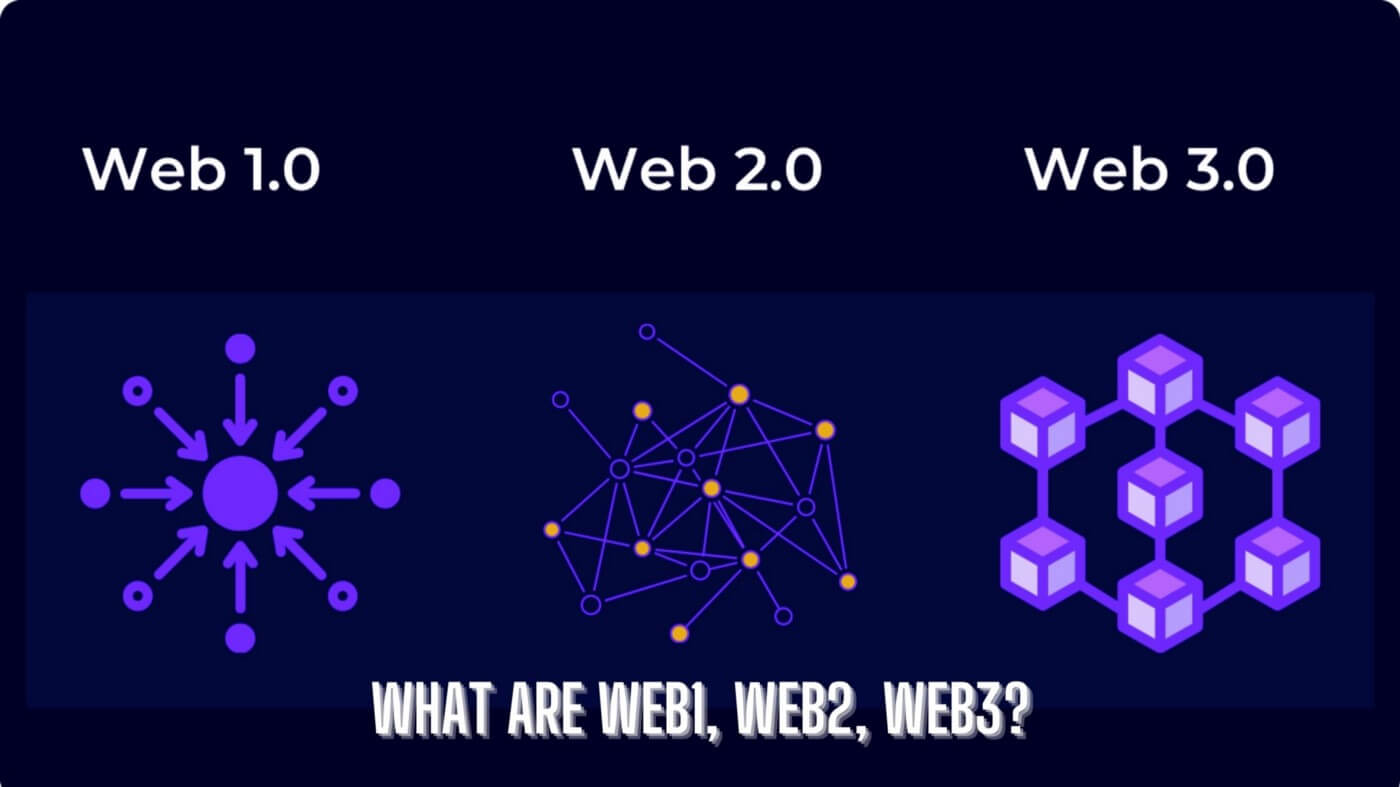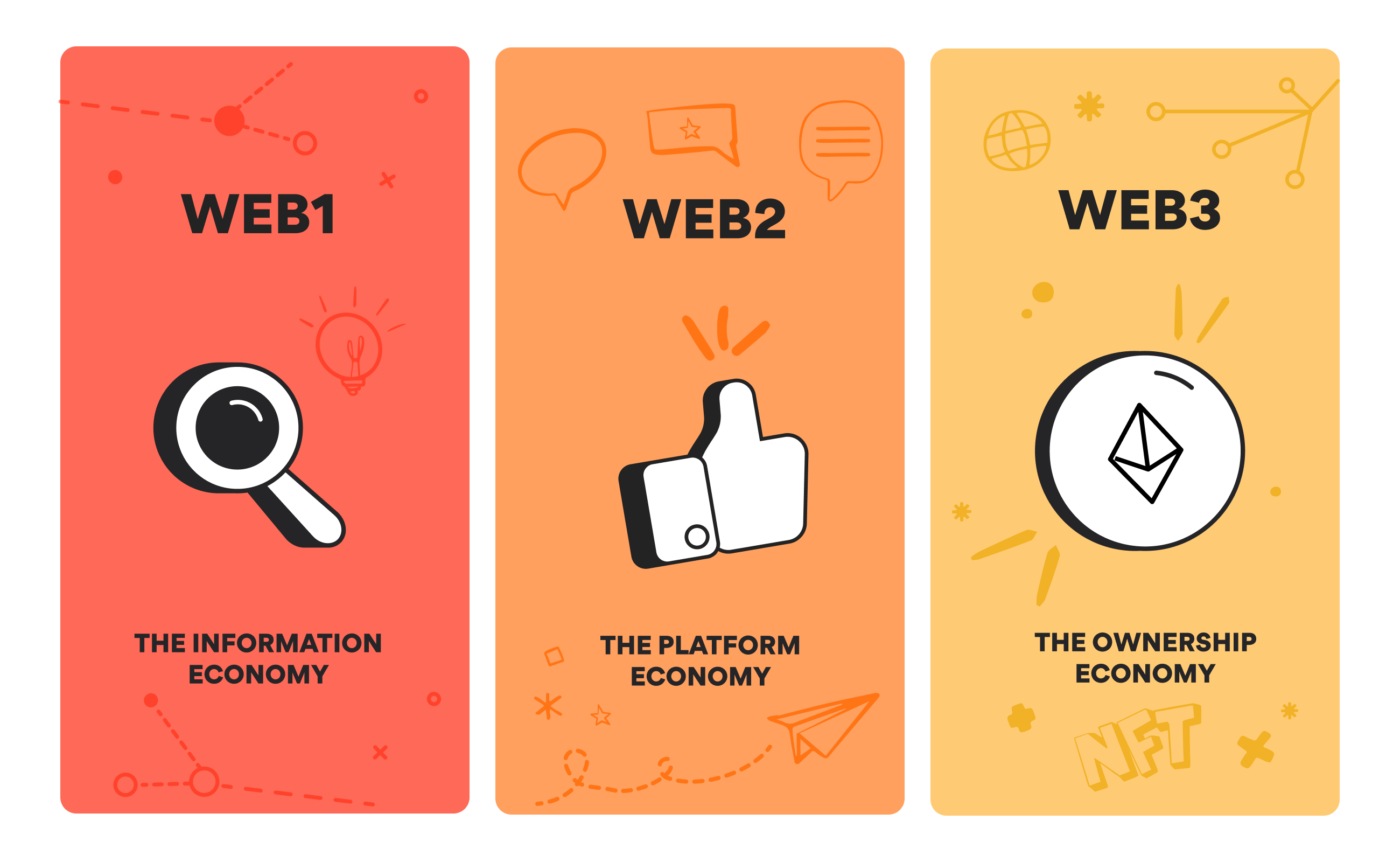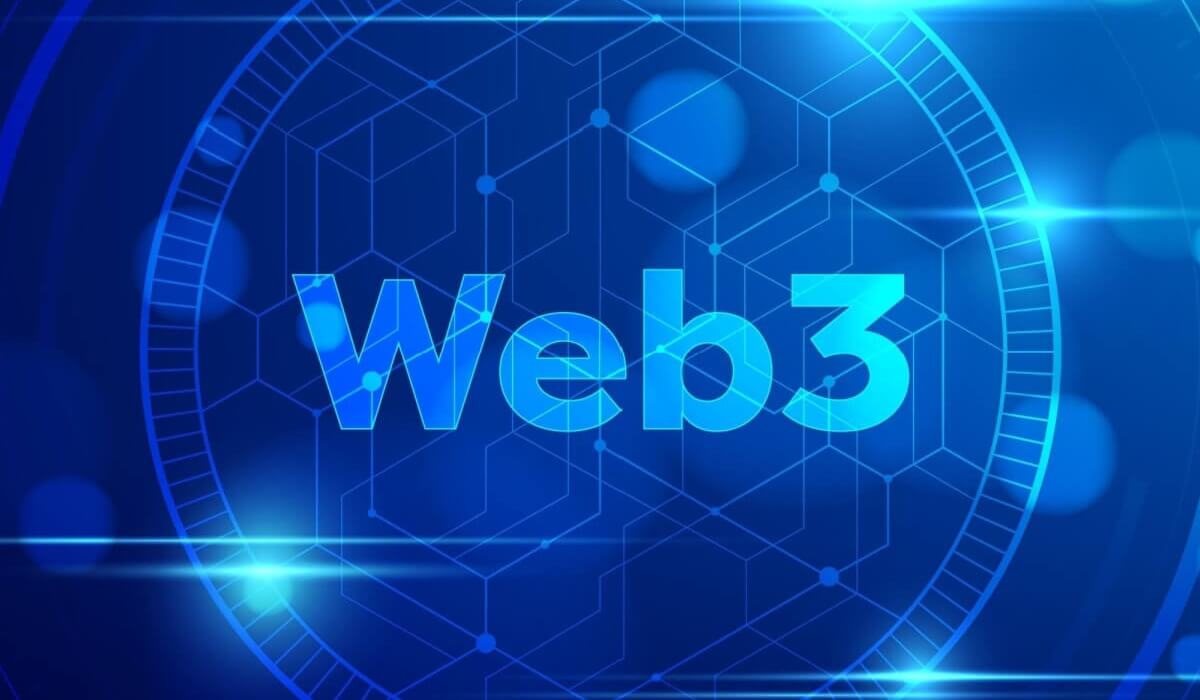The term Web3 Technology was advocated by Gavin Wood, a prime supporter of Ethereum, who contends that centralization isn’t socially good long haul. Likewise called Web 3 and Web 3.0, Web3 technology kills the requirement for, and elements of, Web 2.0 focal specialists and “watchmen,” like essential web search tools and online entertainment stages.
What is Web3 Technology?
Web3 Technology advancements will bring the web into new domains and lead to applications not beforehand potential,” says Avivah Litan, Recognized VP Expert at Gartner. “Be that as it may, Web 2.0 still enjoys benefits regarding scale, client support, and client securities. Potential Web3 Technology changes include an absence of client insurance, new security dangers, and a swing back to full control, so associations must support administration and hazard the board before supplanting Web 2.0 applications.”
Why Web3 Technology is unique?
Web3 is appealing because it empowers shared cooperation without unified stages and go-betweens.
“The thought behind the Internet was to make distributing feasible for anybody; the thought in Web 2.0 was that perusers ought to be essayists as well,” says Whit Andrews, Recognized VP Examiner at Gartner. “Web3 is planned to give any member in the web their independent power and control.”
Web3 utilizes many innovations because of decentralized blockchains that empower new business and social models. Clients own their information, personality, content, and calculations and participate as “investors” by claiming the convention’s tokens or cryptographic forms of money. That possession shifts influence and cash away from concentrated Web 2.0 “watchmen, for example, enormous tech organizations and state-run administrations.
Tokens and digital currencies power the plans of action and financial aspects of Web3, which upholds new business open doors comparable to, for instance, the adaptation of nonfungible tokens (NFTs) in new metaverse applications.
The expressions “metaverse” and “Web3” are frequently conflated. However, they portray particular — yet related — ideas. Metaverse signifies a developing vision of a carefully local world where we will invest our energy working, mingling, and participating in various exercises. Web3 Technology gives decentralized conventions and an innovation stack that can be utilized to construct portions of a metaverse and the new networks and economies that it will empower.
Web3 technology use cases
Existing Web3 applications are restricted in ventures. However, open applications are flourishing. These incorporate decentralized finance (Defi), NFTs, play-to-acquire games, and local area-coordinated decentralized independent associations (DAOs).
For instance:
Defi conventions, for example, Aave and MakerDAO, give clients loaning and acquiring administrations show to shrewd agreements, which kill delegates to empower better returns and returns, but with considerably more gambling.
Play-to-procure games utilizing NFTs give way to clients to procure pay. Such games have additionally generated charitable associations that influence gaming and continue subsidizing grants for oppressed clients.
Content makers, like specialists, are selling their work utilizing NFT savvy gets that guarantees that they — and not go-betweens — are paid in light of agreement terms they set themselves at whatever point. For instance, they sell a piece of craftsmanship.
Also, read Moving Fresh insight about Zelle’s US-based computerized installments organization.
Web3 Technology outcomes in deep-rooted businesses are scanty, and massive undertakings will probably be delayed to surrender administration, oversight, and control of utilizations they use related to other advanced environment members to move to Web3 Technology. In any case, most associations will eventually need to carry out applications and cycles that take advantage of trust-limited figuring and new plans of action and open doors that primary Web3 Technology vows to empower.
Empowering conventions and advances
Some Web3-contiguous and developing worth adding conventions and advances include:
Protection saving, dependable off-chain registering incorporated with on-chain savvy contracts Cross-chain interoperability that empowers resources to move effectively across secluded blockchains Middleware reflection layers that make it simpler for designers to execute versatile applications Versatility arrangements that eliminate the processing trouble from essential base-level (Layer 1) blockchains, like Ethereum and Bitcoin Appropriated, tenacious, and secure capacity frameworks for off-anchor information connected to blockchains
Different innovations, for example, security saving conventions like zero-information verifications that safeguard confidential data and man-made reasoning (computer-based intelligence) models that can implant NFTs with insight.
What is Web3.0?
To comprehend Web3, it’s a good idea to understand what preceded it. The main form of the Web – known as Web 1 – showed up in the last part of the 1990s and contained an assortment of connections and landing pages. The sites weren’t brilliant. You could not do much besides reading things and distributing essential substances to others.
Brian Creeks, the Chief of Bitfury, put it shrewdly in a discourse to the U.S. Congress in December 2021: “Assuming individuals recall their unique AOL account, it was a capacity to search in an organized ‘walled garden’ at a bunch of content that was not intelligent, however, was introduced to you on AOL, the way that Time Magazine used to show you the articles they believed you should see within their magazine, just you could see it on a screen.”
Web 2 came straightaway. Specific individuals consider this the “read/express” form of the web, regarding a PC code that lets you both open and alter documents instead of simply viewing them. This rendition of the Web permitted individuals to consume content, make their own, and distribute it on web journals like Tumblr, Web discussions, and commercial centers like Craigslist. Afterward, the rise of virtual entertainment stages, including Facebook, Twitter, and Instagram, took content sharing higher than ever.
Inevitably, the overall population became discerning about how their information was being gathered by tech goliaths and used to make custom-fitted promotions and showcasing efforts. Facebook, specifically, has had the spotlight gleamed on it multitudinous times for breaking information protection regulations and was hit with a $5 billion fine in 2019 – the most significant punishment at any point given by the Government Exchange Commission (FTC.)
Even though Internet 2 has brought the world astounding accessible administrations, many individuals have become fed up with the new “walled gardens” these enormous tech organizations have made and need to have more command over their information and content. This is where Web3 Technology comes in.
Web3 Technology can be perceived as the “read/compose/own” period of the Web. As opposed to simply involving free tech stages in return for our information, clients can take part in the administration and activity of the actual conventions. This implies individuals can become members and investors, not simply clients or items.
In Web3, these offers are called tokens or digital forms of money and address responsibility for networks known as blockchains. You have a say in the organization if you hold enough of these tokens. Holders of administration tokens can spend their resources for a vote on the future of, say, a decentralized loaning convention.
Once more, here’s Creeks: “The genuine message here that occurs on the decentralized web is chosen by the financial backers versus what occurs on the principal web is chosen by Twitter, Facebook, Google, and few different organizations.”
What might you at any point do on Web3?
Web3 Technology makes the expansion of agreeable administration structures for once-brought-together items conceivable. Anything at all can be tokenized, whether it’s an image, a piece of craftsmanship, an individual’s web-based entertainment result, or passes to Gary Vee’s meetings.
An extraordinary illustration of the change in outlook is in the gaming business. Gamers protest perpetually about the bugs that engineers leave in their number one computer game or how the most recent fix has disturbed the equilibrium of their #1 weapon. With Web3, gamers can put resources into the actual game and decide how things should be run. Enormous Web 2 organizations, such as Meta and Ubisoft, are making virtual universes fueled to some degree by Web3. Non-fungible tokens (NFTs) will likewise assume a huge part in reshaping the gaming business by permitting players to turn into the unchanging proprietors of the things they build.
Responses of Web3 Technology
The essential examination of Web3 development is that it comes up short concerning its guidelines. Obligation regarding networks isn’t correspondingly appropriated at this point amassed there of the brain of early adopters and monetary theorists. A public conflict was produced on Twitter between Block Inc. Boss Jack Dorsey and various financial backers over Web3, conveying this conversation to the front. At the core of the studies is the possibility of “decentralization theater,” where blockchain projects are decentralized in name but not in substance. Private blockchains, VC-upheld speculations, or decentralized finance (Defi) conventions where only a couple of individuals hold the keys to countless dollars are instances of decentralization theater.
Furthermore, notwithstanding the leaderless local area of conventions, there are clear nonentities. Izabella Kaminska, the active manager of the FT blog Alphaville, highlighted the immense measure of force that Vitalik Buterin, the fellow benefactor of Ethereum, keeps on having over the organization, even though he’s not generally associated with its turn of events.
“Vitalik is an entertaining and disconnected peculiarity by his own doing. He works as the profound head of a true headless framework while holding unimaginable influence and impact over the headless framework he made and directed,” Kaminska told The Crypto Schedule.
Things aren’t vastly improved inside decentralized finance conventions. They’re overflowing with citizen non-appearance, frequently depend on a unified framework, and the boundary to passage in making them is still high, considering that making blockchains is, by all accounts, obscure enchantment held for just the most exceptionally concentrated engineers.
Yet, regardless of its concerns, Web3 Technology has excellent potential. Whether it’s too hopeful to even think about trying will be something that ordinary clients will find over the following ten years.
How Personality Functions in Web3 Technology
In Web3 Technology, Personality likewise works uniquely in contrast to what we currently utilize. More often than not, in web3 applications, characters will be attached to the wallet address of the client associated with the application.
Dissimilar to web2 validation techniques like OAuth or email + secret phrase (that quite often expect clients to surrender delicate and individual data), wallet addresses are unknown except if the client chooses to attach their character to it openly.
If the client decides to utilize a similar wallet across different apps, their character is likewise flawlessly adaptable across applications, which allows them to develop their standing after some time.
Conventions and instruments like Ceramic and IDX now permit designers to incorporate a self-sovereign character into their applications to supplant customary verification and personality layers. The Ethereum establishment likewise has a functioning RFP for characterizing a particular “Sign in with Ethereum,” which would assist with giving a more smoothed out and reported a method for this proceeding. This is likewise a decent string that frames a portion of the manners in which this would improve conventional validation streams.









